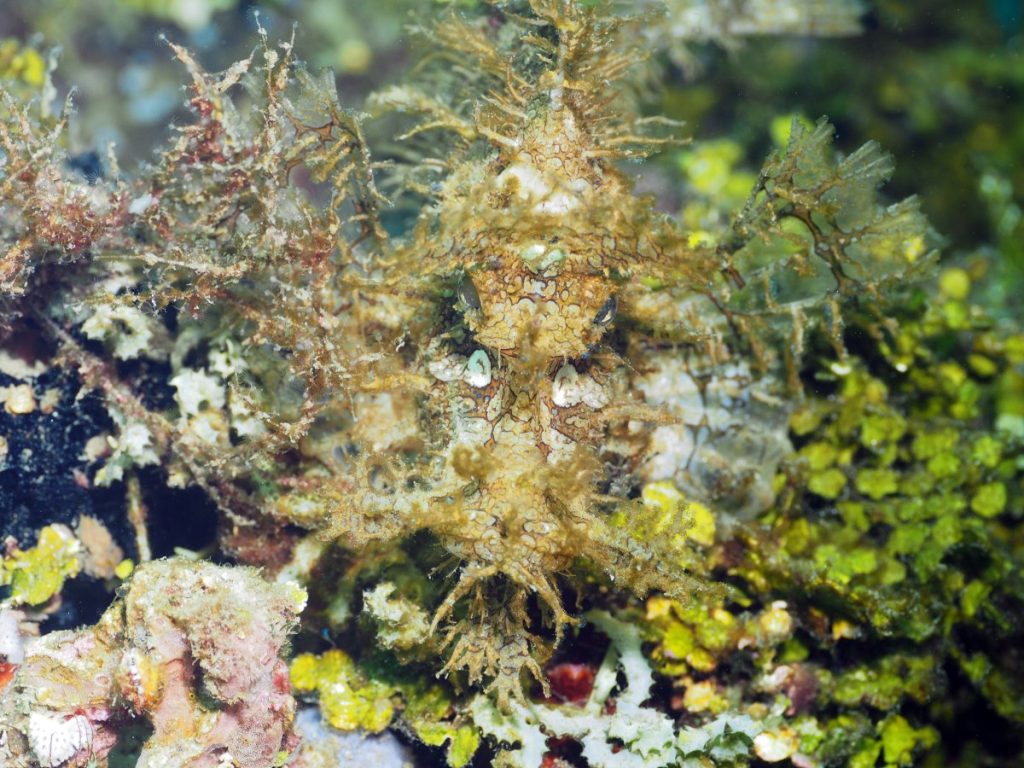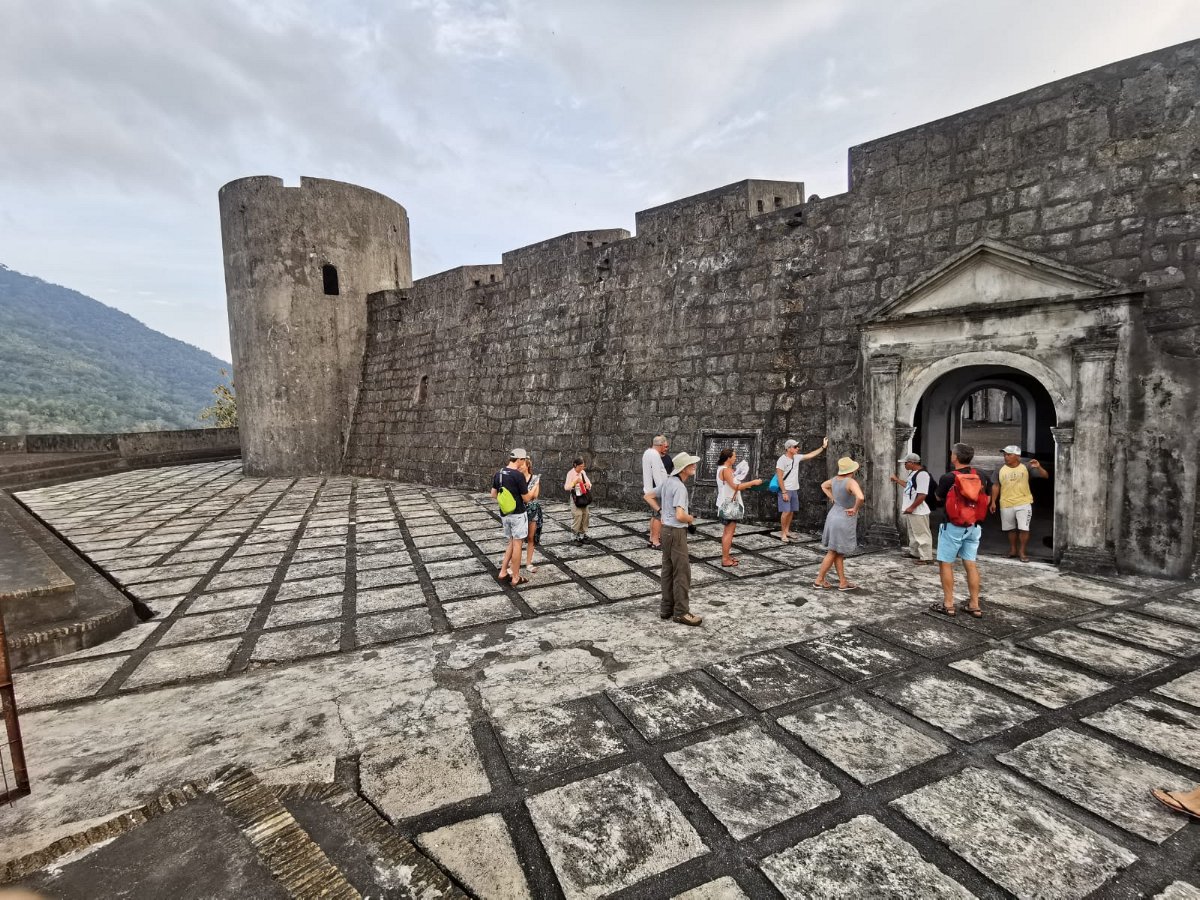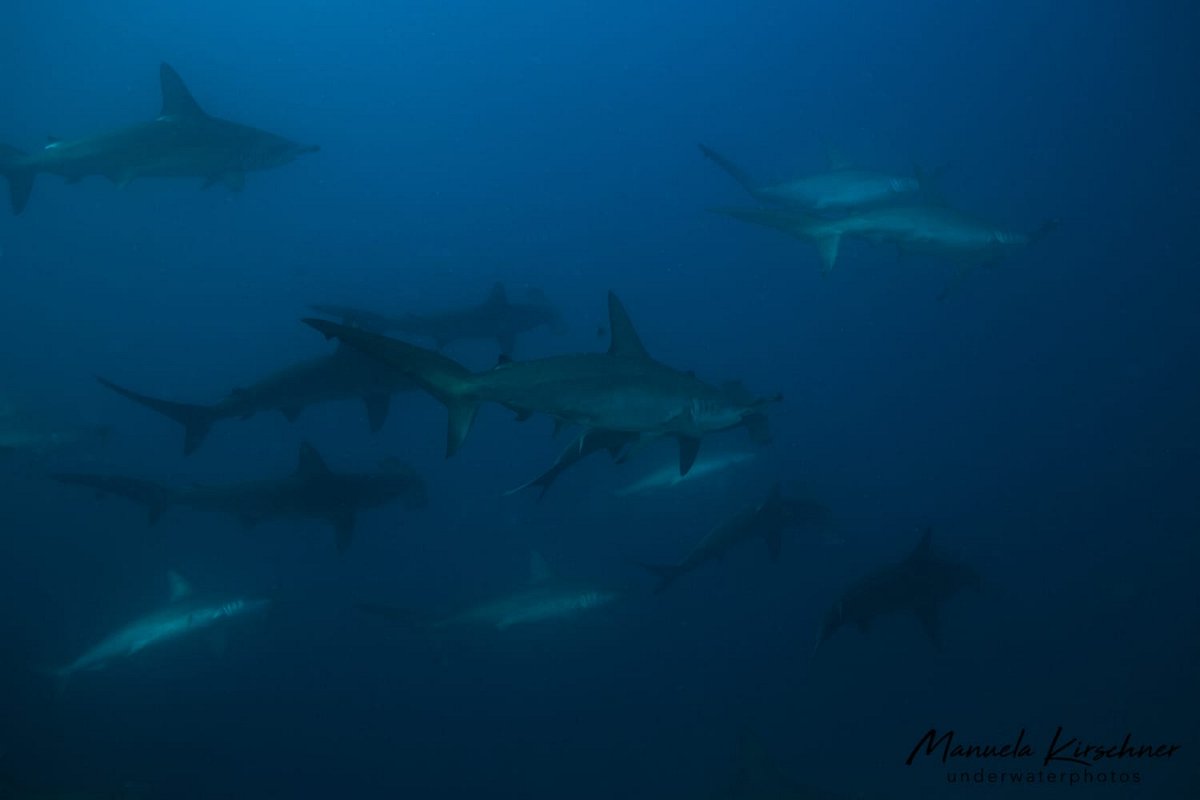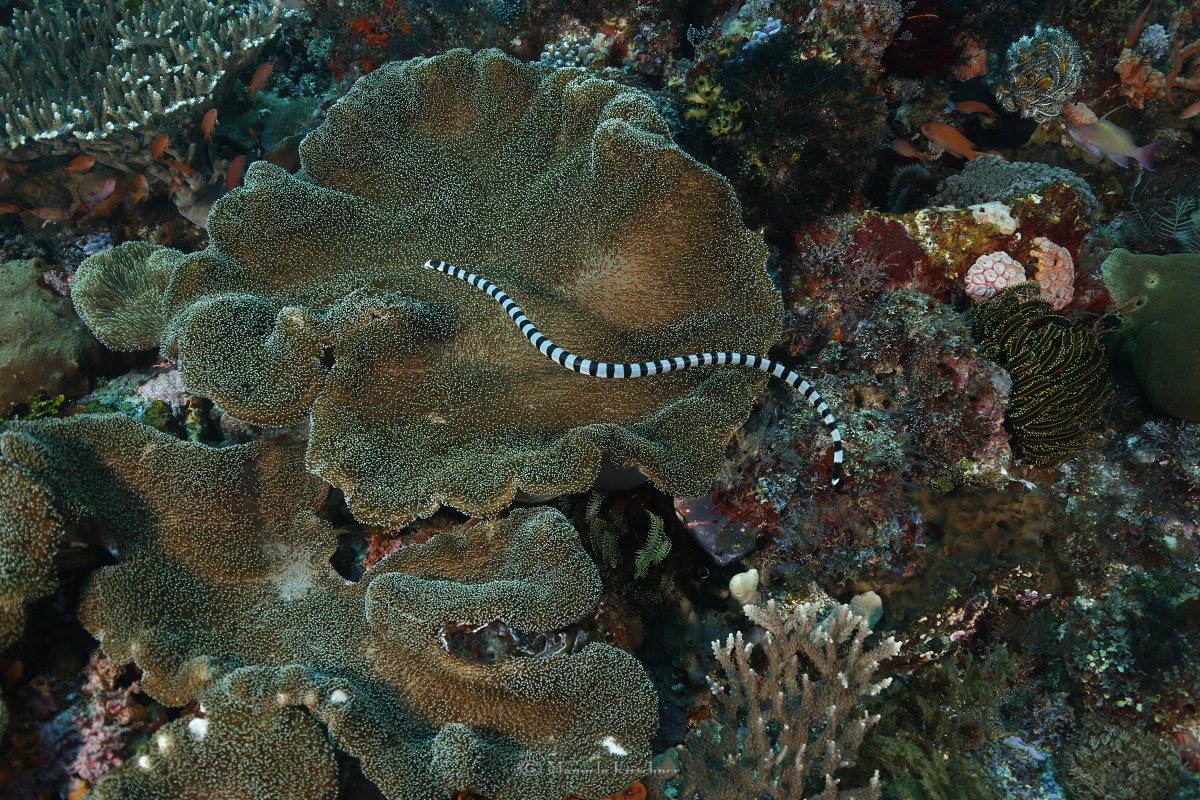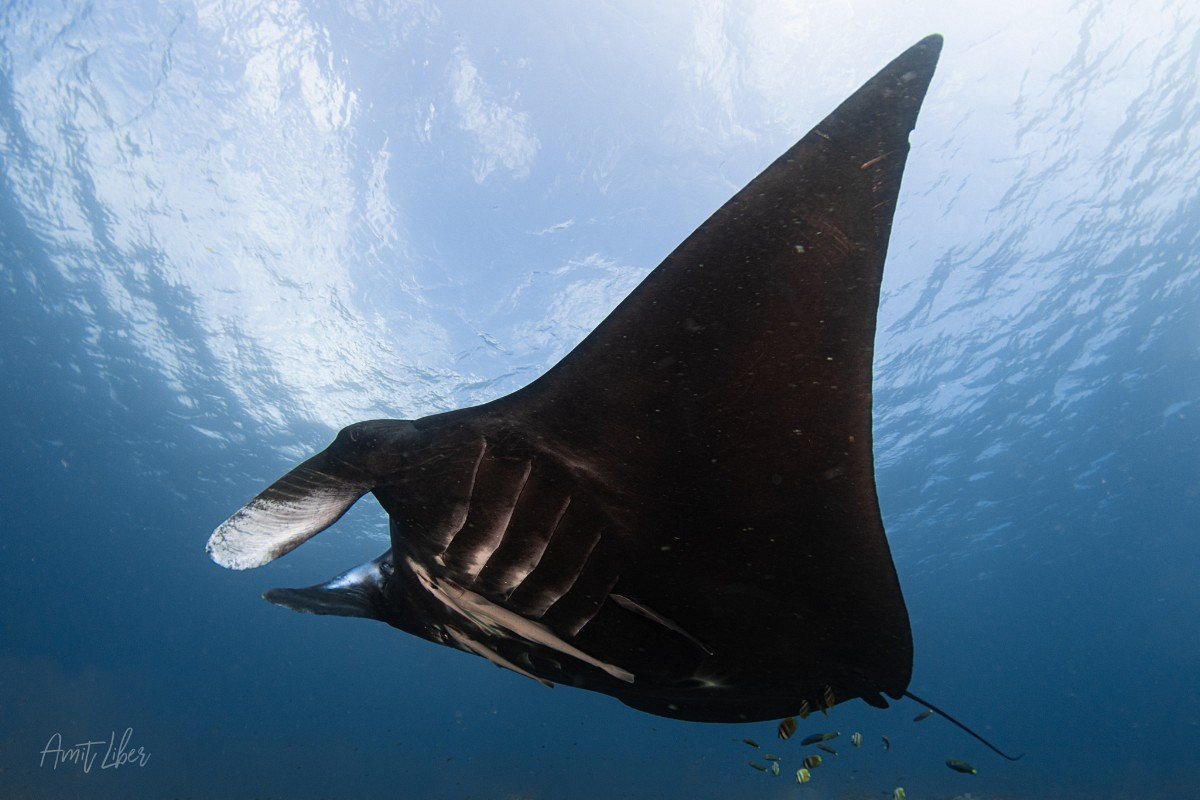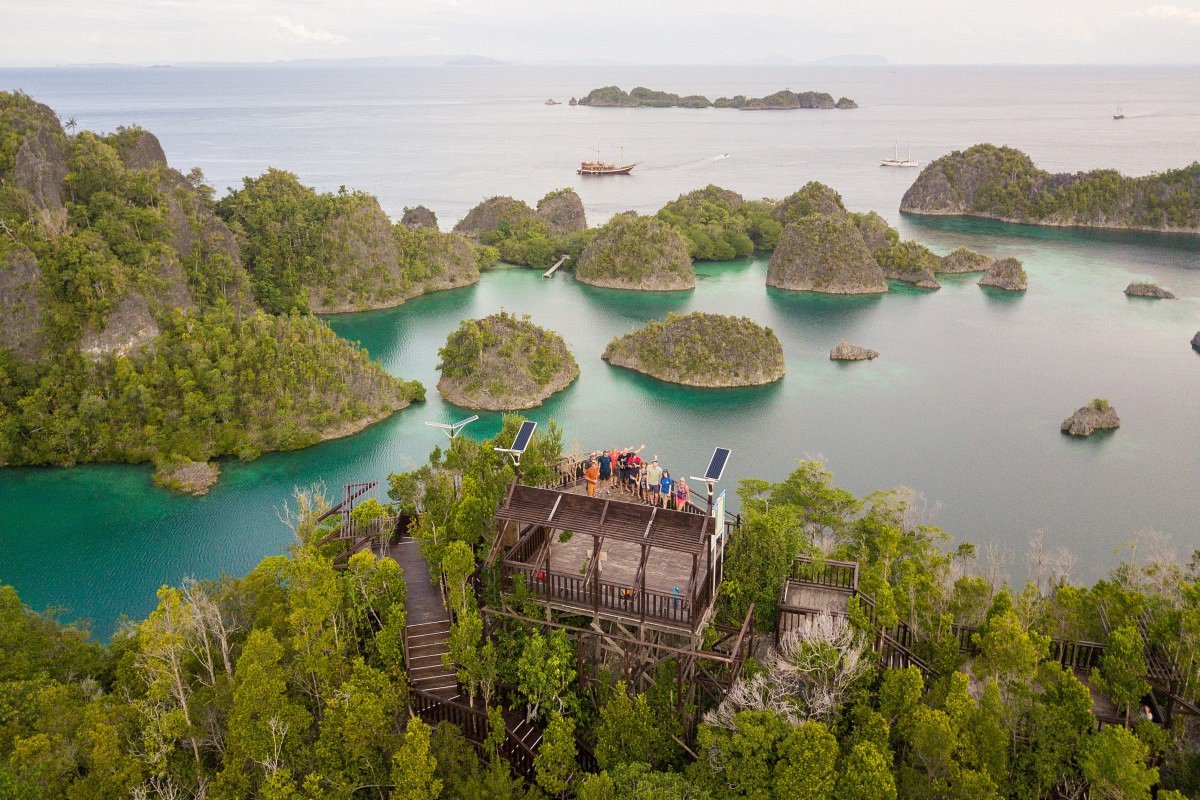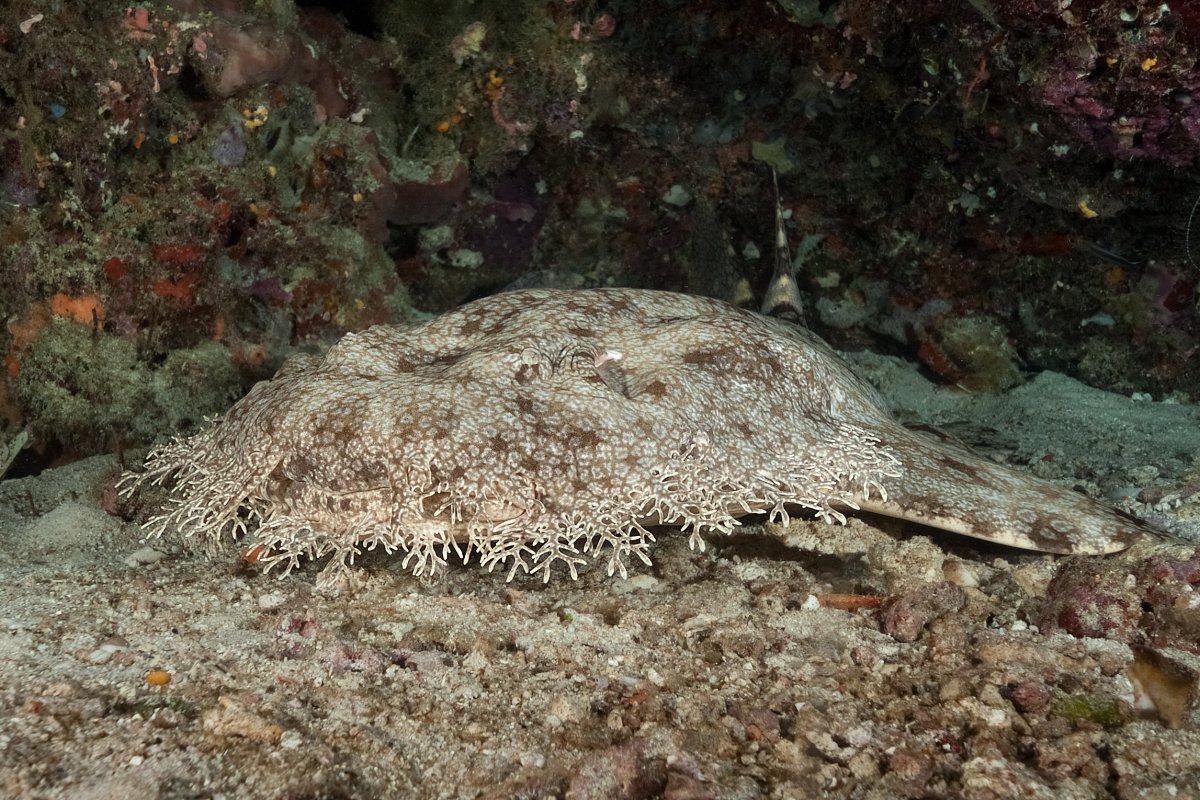By Fabien Audibert
Welcome to the first edition of our new ‘My favourite.…’ series. Over the coming months, members of Emperor Divers’ staff will share their personal picks in which they describe the best moments, dives and itineraries they have experienced.
We would obviously love to hear from our friends and guests if you would like to let us know of your most memorable experiences.
To get us started, Emperor Indonesia’s operations manager Fabien Audibert describes his favourite itinerary – the incredible Ambon to Raja Ampat route.
After working in the diving industry in Indonesia for over 12 years there is one itinerary that, year after year, is consistently my favourite – Emperor’s Ambon to Raja Ampat trip.
Over 14 days the route takes in around 500 nautical miles of remote and pristine diving. From muck dives at Ambon Island we explore the historic Spice Islands and the Banda Sea in search of schooling hammerhead sharks, then we head north diving the rich waters of Misool, the southernmost part of Raja Ampat, making our way to Cape Kri and ending the adventure in Sorong, West Papua.
The shallow muck diving at Laha, Ambon is exceptional. It is the perfect place to start the trip and get the check dives completed. By the time we leave this area the underwater photographers on the boat have already managed to cross off a few rarities on their wish lists such as Rhinopias, seahorses, various unique nudibranchs and on occasion the ultra-rare psychedelic frogfish.
The history of this region is well documented. For well over 150 years it has been a hugely important area. Nutmeg and cloves largely drove the spice trade and these two, now widely-used, spices were originally worth more than their weight in gold and were found only on this group of islands.
The control of these islands was synonymous with extreme wealth and there were many gruesome battles between various factions attempting to control the spice monopoly. One of the most historically accurate, entertaining and easy reads I always recommend is Nathaniel’s Nutmeg by Giles Milton along with the BBC TV series The Spice Islands.
On arrival at the small Run Island – which, incidentally, the British swapped for Manhattan from the Dutch back in 1667 – I like to start the morning with some exceptional dives on deep walls decorated with huge Gorgonian sea fans.
These walls drop some 300-plus metres and you never know what you might see emerging from the depths. Our target species in this region is, of course, the hammerheads that gather in great numbers in these deep waters.
No one knows why, or for how long, they are here for as the conditions, due to the trade winds shifting, only allow safe access for a few weeks every year. After finishing the day’s diving we go ashore to visit the friendly locals and have a tour of the island’s historic buildings and their still productive nutmeg and clove plantations.
Pulau Neira, and its neighbouring volcano Gunung Api, are the next highlight with outstanding dive sites such as Lava Flow, Batu Kapal and an always surprising sunset Mandarin fish dive. Once again, there is no getting away from the dark but exciting history of these islands as we visit Fort Belgica and tour around the small museum filled with curious antiquities nestled amongst the colonial buildings that are still inhabited by friendly, local people to this day.
It’s an overnight sail to Nils Desperandum, the southernmost point of the itinerary. This very remote and extensive submerged reef often attracts large schools of hammerheads and other pelagic predators such as dogtooth tuna and great barracudas that prey on the shoals of fish that inhabit the rich coral reef here.
We start to head north stopping at Serua, an active volcano that is surrounded by some stunning coral reefs fringed by spectacular walls that plunge to the depths of the 6,000-metre Banda trench. It’s common to see the hammerheads coming into the shallow reefs, at a site rightly named Jackpot, to visit various cleaning stations here before heading out into the blue to join their cruising schools.
Next stop, after an overnight sail, is another volcanic island called Manuk. Featured on the BBC Blue Planet and Jonathan Bird’s Blue World and one of my favourite dives in Indonesia. This island is well known for being home to thousands of venomous but very placid sea snakes. It’s always amusing watching the dive guides taping up their board shorts and sleeves in fear of a visit from a curious snake.
Along with the slithery residents there are some fascinating dive sites such as Bubble Reef where you can swim amongst warm, hydrothermal vents with small bubbles rising from the substrate. “It’s like diving in Champagne!” is often heard after dives here. Coconut Point also provides another opportunity to see hammerheads before we start to move further north east to Koon Island.
Koon Island is about 10k east of Ceram Island. The journey between Manuk and Koon can be very good for spotting whales and dolphins. Sperm and Blue whales migrate through these waters at this time of year. The stunning white sand idyllic tropical islands house some beautiful reefs with large schools of batfish, barracudas and thousands of butterfly fish pulsing off the reefs. We have had good encounters with both hawksbill and green turtles here.
Crossing the Ceram Sea into the Misool area of Raja Ampat, home of the richest and most biodiverse reefs in the world. This region consists of more than 1,500 islands, more than 1,600 species of fish – with over 35 endemic to these waters – along with over 600 different kinds of coral of which more than 40 are also endemic to this region. It is possible to observe at least 16 different species of whale or dolphins feeding seasonally in the nutrient rich waters here.
There is an outrageous number of world-class dive sites here, all due to the hard work of the Misool Eco Resort team.
This area is fully protected and patrolled by rangers keeping a sharp eye out for poachers. I always make sure we include Shadow Reef (Karang Bayangan) – one of only a handful of dive sites worldwide that attracts both Oceanic and Reef mantas to the abundance of cleaning stations on top of the pinnacle.
Other sites in this area that have become favourites of mine over the years are Boo Window, Four Kings and Nudi Rock. Due the high level of protection, white tip, black tip and grey reef sharks are seen on nearly every dive.
In the far-east corner of the Misool islands is a cluster of pinnacles that unassumingly break the surface, known has Daram. Here I have had some of the best underwater photography dives with clients.
The likes of Candy Store, Many Colours, Andy’s Wet Dream (yes, really!) provide dramatic walls and crevices lined with huge Gorgonian fans, healthy soft corals and schools of fusiliers charging between with hungry trevallies in hot pursuit. On safety stops here we are often entertained by some curious batfish or the local herd of bumphead parrotfish.
For the more adventurous, and if conditions are right, I always visit Jellyfish Lake. Over thousands of years these golden jellyfish have lost the need for their stingers as they have no predators in these brackish waters and no need to feed on other animals.
This species spends much of their lives on the move during a daily migration that follows the sun’s arc across the sky. Solar rays nourish essential, algae-like organisms called zooxanthellae which live symbiotically in the jellies’ tissues and provide their hosts with energy as a by-product of their photosynthesis.
Before sunrise, the jellies cluster along the saltwater lake’s western shore. Each morning around 6am, when dawn brightens the eastern sky, they begin to swim toward the light. Pumping water through their bells, these jellyfish use a type of jet propulsion to follow the sunlight until they nearly reach the eastern shore – stopping just short of the shadows caused by lakeside trees. If it has been raining or is overcast the likelihood of seeing the jellies is very slim. It has difficult access and is really only good for fit and healthy customers. It’s advisable to send a drone over the lake from the boat first to see if there are any jellies.
Cape Kri is the next stop after an overnight trip to the central area of Raja Ampat. Cape Kri is unique as it holds the world record for the largest number of species (283) referenced in one single dive by ichthyologist Dr Gerald Allen. Sites here include Manusar, Yenbuba Jetty and Sawondarek.
We can always have a barbecue in the evening at Mios Kon Island after a day’s diving at Kri and the following day I like to round the trip off with two final dives at Blue Magic in the Dampier Strait.
This place amazes me every time I dive it. Falling tide, rising tide, slack tide none of them disappoint. Large schools of bigeye trevally, pickhandle barracuda and batfish surround the easily-navigable submerged pinnacle. When the tide is running the blooming Dendronephthya corals are like large wedding bouquets blasting colour around the dive site. And with the current come the Oceanic mantas in for a clean while there are Wobbegong sharks under almost every ledge.
What a memorable way to end the trip.

